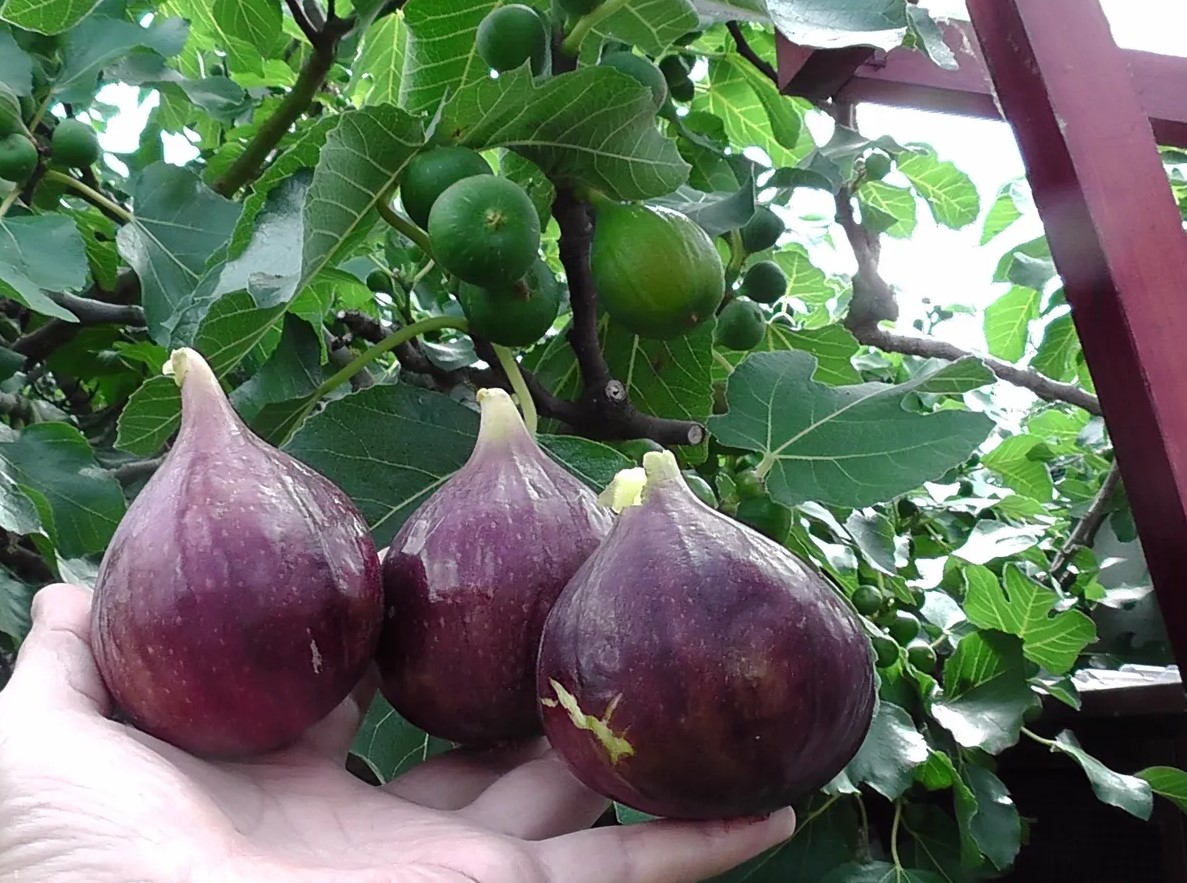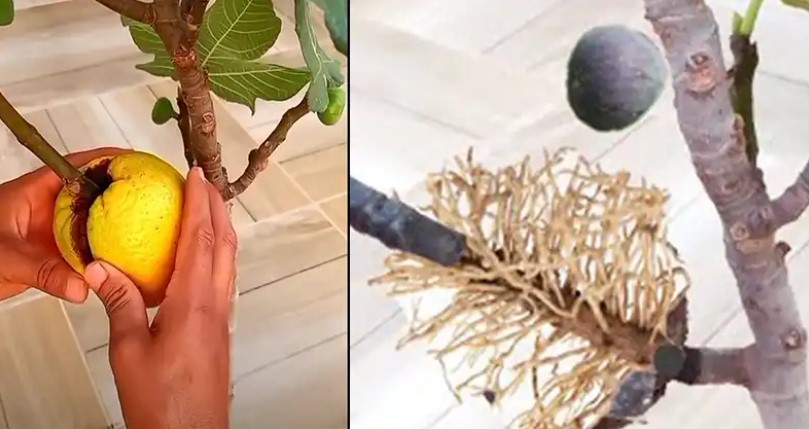Plant propagation is a fascinating journey for garden enthusiasts, and there’s always room for innovation in the world of gardening. One inventive and unconventional method gaining attention is propagating fig trees using oranges. It’s a unique twist on the traditional air layering technique, which involves encouraging a branch to develop roots while it remains attached to the parent plant. In this article, we will explore this unusual but creative approach to fig propagation.

The Unconventional Method
In the standard air layering process, gardeners typically wrap a wounded portion of a plant stem with materials like sphagnum moss, peat moss, or coco coir, and secure it in place to encourage root development. However, some gardeners have been experimenting with a different approach – using the peel of an orange to create a protective casing for the air layering materials.
How It Works
The method involves taking a branch from a mature fig tree that you wish to propagate and making an incision in the branch, just below a leaf node. After applying rooting hormone to stimulate root growth, the wounded area is wrapped with a moist medium. In this unique twist, the medium is enclosed within the peel of an orange.
The orange peel, with its natural moisture content, is believed to help maintain the required humidity levels for successful air layering. It acts as a casing, keeping the materials securely in place and ensuring the environment remains conducive for root development.
Benefits of Using Oranges
While this method may seem unconventional, there are some potential advantages to using orange peels for air layering:
- Natural Moisture: Oranges naturally contain moisture, which can help maintain a consistent level of humidity around the wounded area. This steady moisture level is essential for root development.
- Biodegradable: Orange peels are organic and biodegradable, making them an eco-friendly choice for gardeners. After the propagation process is complete, the orange peel can decompose naturally.
- Readily Available: Oranges are easy to find in many parts of the world, making this method accessible to a wide range of gardeners. The availability of oranges ensures that you can experiment with this method without much hassle.
- Creative and Unique: This method adds a creative twist to the art of propagation and may appeal to gardening enthusiasts looking for innovative techniques. It’s an excellent opportunity to think outside the box and try a unique approach to gardening.
Experimenting with Success
Gardening is a world of endless experimentation and discovery, and the use of orange peels in air layering is a testament to the ingenuity of gardeners. While the traditional methods of fig propagation, such as taking cuttings or using softwood cuttings, are still highly reliable, using oranges for air layering introduces a fun and inventive approach to cultivating new fig trees.
As with any gardening technique, the success of using orange peels in air layering may vary depending on factors such as the specific plant, local conditions, and the gardener’s experience. The key to success is to monitor the process closely and make adjustments as needed to ensure that the wounded area remains adequately moist and protected. This method is ideal for gardeners who are willing to think creatively and are open to trying new and unconventional techniques.
Conclusion
If you’re a gardening enthusiast willing to explore innovative methods and enjoy experimenting with your garden, this unique approach might be worth trying in your quest to cultivate healthy and thriving fig trees. By using orange peels for air layering, you add a touch of creativity and resourcefulness to your gardening journey. Gardening is not just about growing plants; it’s about learning and enjoying the process. So, grab an orange, try this inventive twist on air layering, and embark on a journey of discovery and growth in your garden. Happy gardening!










